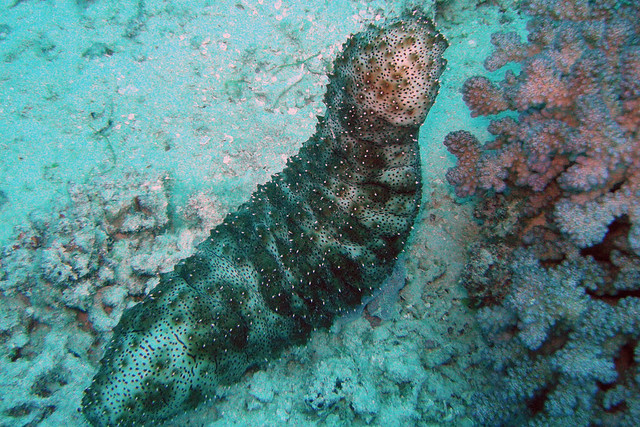
Pretty, isn't it? That there photo shows cardoon which is eaten relatively widely in France and the Mediterranean (it's pretty familiar to Italians and Spanish as cardoni). I've been concentrating on international food largely for this blog, and when I stumbled across cardoons, I was surprised to see that it was popular in the UK during the 19th Century. I'm sure it is still eaten in the UK and I'm just behind on the latest foodie zeitgeist, but its popularity has certainly declined - its a totally new ingredient to me.
So its perhaps not entirely forgotten, but its fair to say that most of us in the UK won't have come across one before.
Which is a shame, because given the trials of the economy and the idea of thrift being high on everyone's agendas, cardoons are apparently rather low maintenance to grow (although from what I've read, its not a staple - more a seasonal boon). Fundamentally, its an edible thistle, which I quite like the sound of, and is a relative of the artichoke. You eat the stalk, rather than that pretty thistle head, and the taste has been described as celery-meets-artichoke.
It takes a bit of prep, it would seem. According to this site, which is excellent by the by, you need to trim the spines, peel the fibres and then bring them to boil in a pan of water for around 30 minutes...so a tad labour intensive.
However, the recipes sound delicious including the recipe on the above site for honeyed cardoons with pine nuts and thyme.
Definitely an ingredient to grow or look out for on the rare occasion it pops up at a farmers' market.






